Understanding Rho-A localized activation at the acto-myosin cortex
Speaker : Leeba Ann CHACKO (Graduate Student, MBI, NUS)
Date : 30 Mar 2017, Thursday
Time : 4pm
Venue : MBI, level 5 meeting rooms
Supervisor(s) : Asst. Prof Ronen ZAIDEL-BAR
Abstract: Actomyosin contractility is a highly conserved and regulated process that affects all the cells in our body and is responsible for various fundamental biological processes such as cell division, cell migration, endocytosis as well as force generation. It has been observed that some cells undergo pulsed contractility, which involves the localized activation of the actomyosin network. Pulsed contractility is a phenomenon mostly observed in non-muscle cells and has shown to be responsible for tissue morphogenesis. However, the mechanism by which cells undergo specialized local activation of actin and myosin during pulsed contractions is poorly understood. In order to address this question, we use quantitative imaging techniques along with genetic perturbation experiments to understand the mechanism that leads to pulsed contractility using early C. elegans embryos. Rho-A activation is the first signal to drive localized pulsed contractions and this localized activation of Rho-A is independent of myosin activity however, it is somewhat dependent on F-actin activity.
In order for Rho-A to be active in specific locations it needs to either be activated by distinct molecular players in the regions where Rho-A appears or Rho-A is inactivated by inhibitor molecules in regions where Rho-A does not appear. In order to test these hypotheses, we looked at the plus end of microtubules specifically, the microtubule plus end binding protein, ebp-1 as the candidate for Rho-A localized activation in the cortex. On the other hand, in order to test whether inhibitors are playing a role in hampering the appearance of Rho-A where Rho-A is not visualized at the cortex, we used the transmembrane protein cadherin as a likely candidate. With the help of quantitative imaging and genetic perturbations, we found that the microtubule end binding protein, ebp-1 does not play a role in locally activating Rho-A. However, it turns out that the cadherin protein, Hmr-1 as well as the catenin proteins are present in regions where Rho-A is absent in the C. elegans early embryo and plays a role in inhibiting Rho-A expression at the cortex. Therefore based on these findings, we propose that inhibitors of Rho-A dictate the specialized localization of Rho-A and Rho-A is maintained in the form of concentrated puncta at the cortex with the help of F-actin thus driving pulsed contractility and thereby producing various morphogenic outcomes.
ALL EXCEPT PANEL ARE EXCUSED FOR CLOSE DOOR EXAMINATION



